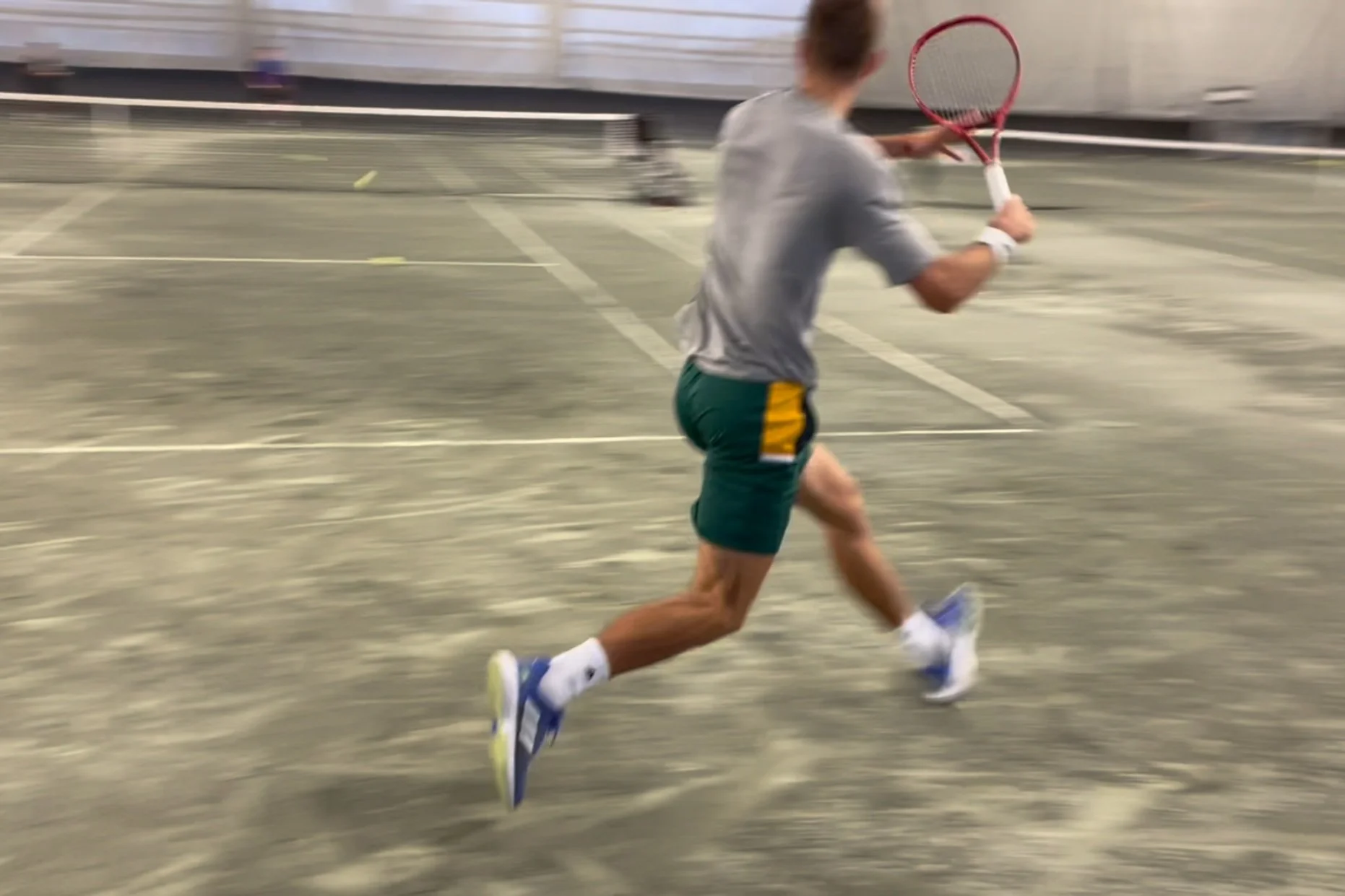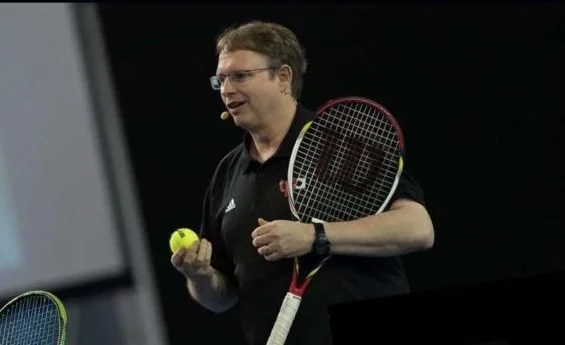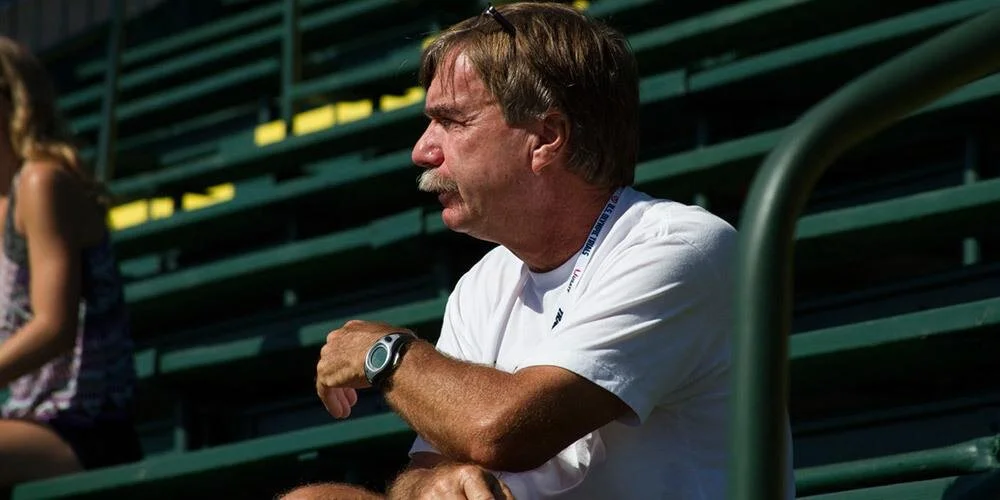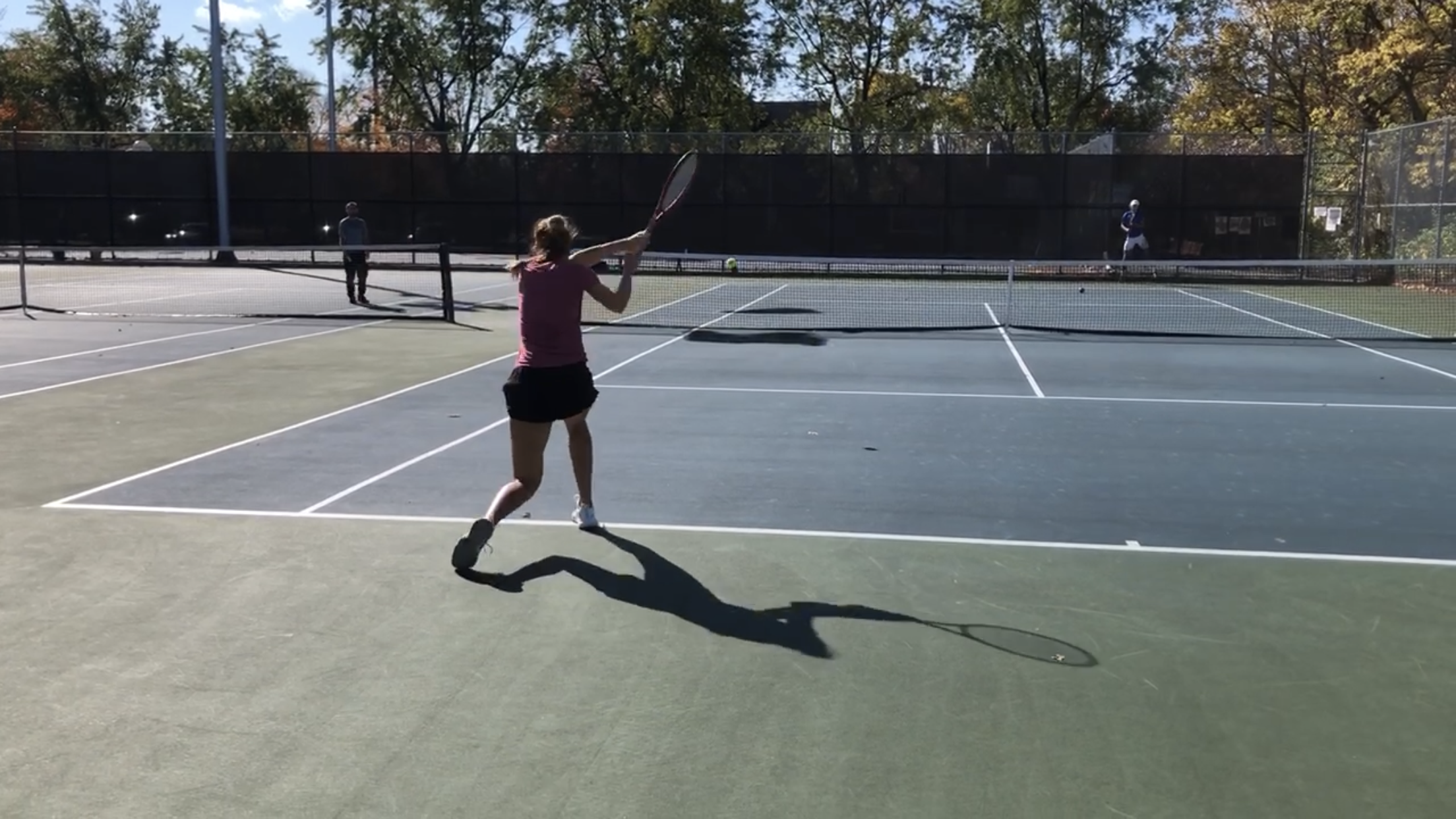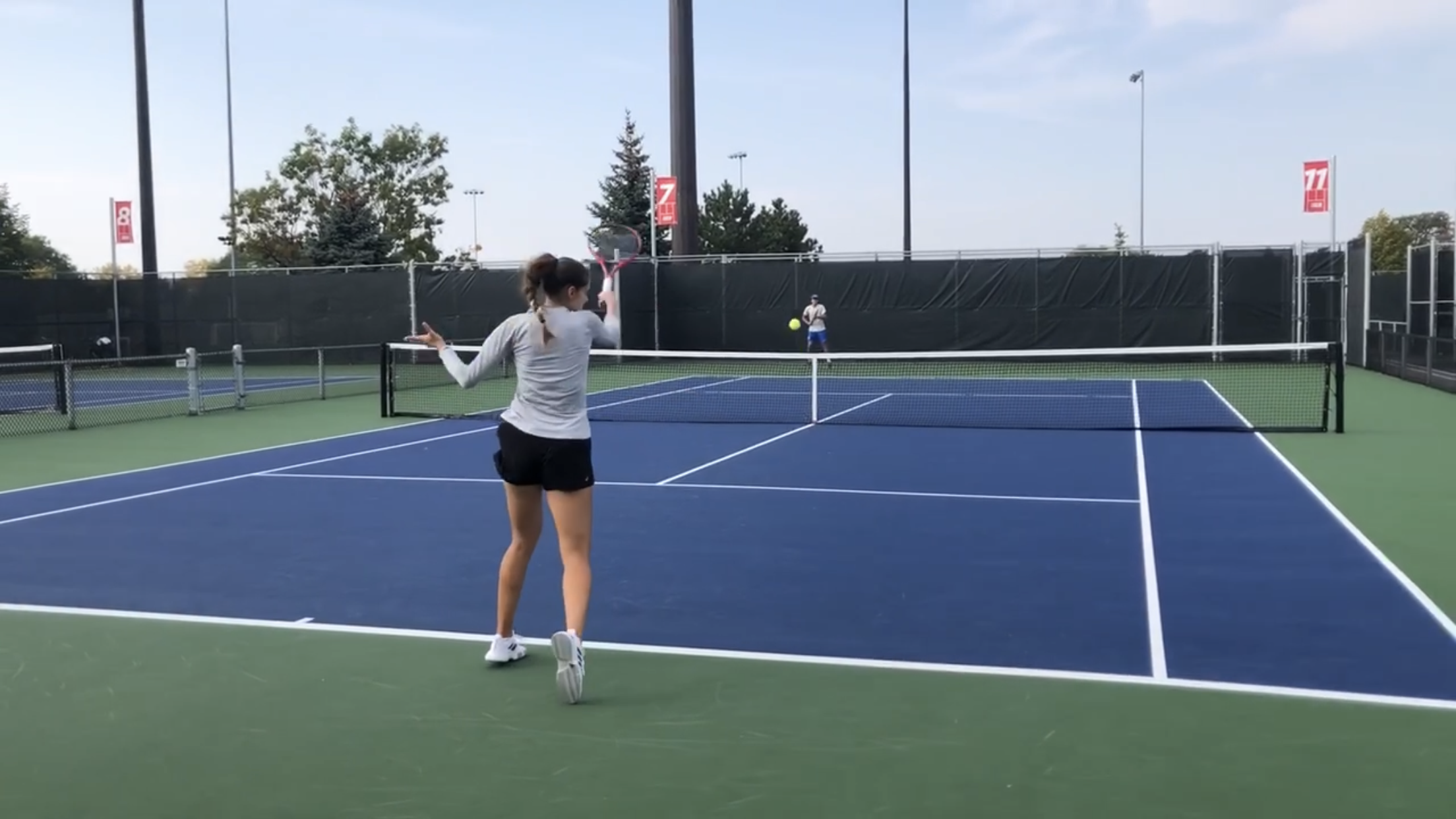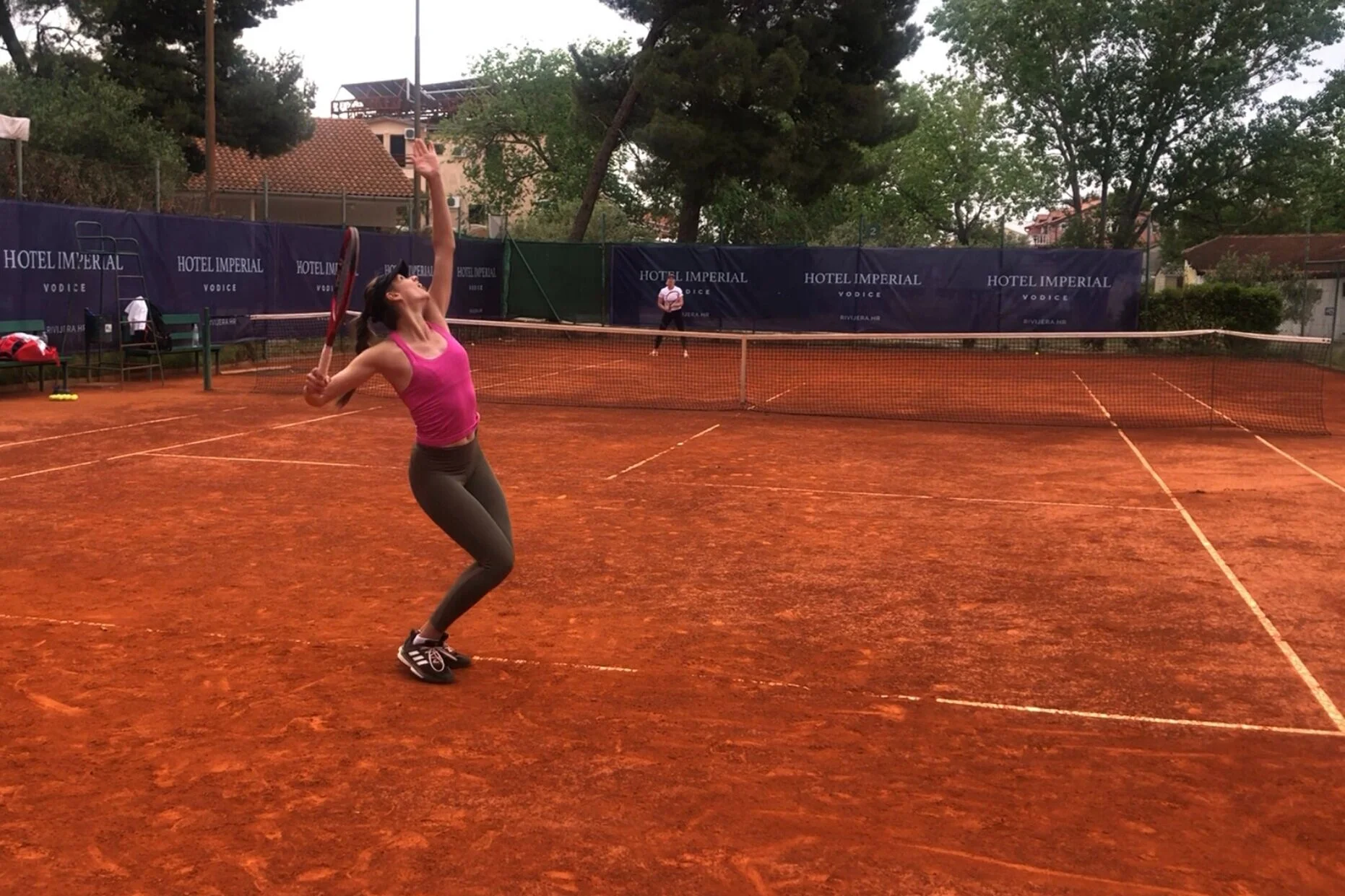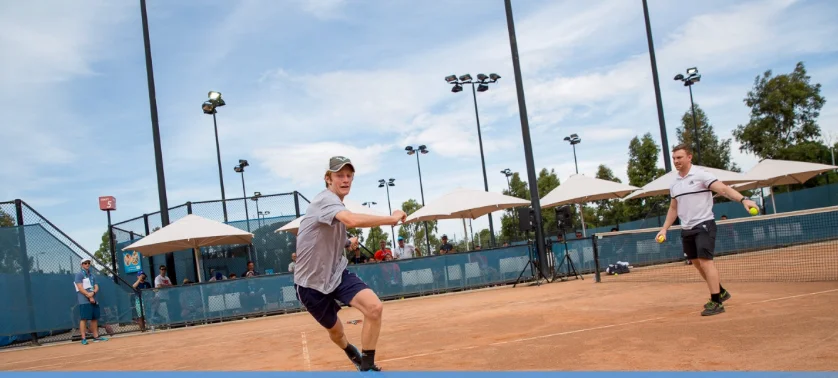If you’ve read my blog in the past, you’ve likely seen my post on attentional focus cues - and the research + implementation that goes along with it.
You may have also read my take on the importance of cueing in general. And why the right cue - given at the correct time - is often more impactful than the perfect drill (although combining the right cue with a great drill is a recipe of success).
A lot of instruction in tennis is coach-directed. And a lot of that is simply the addition of information. Whether positive or negative, this often includes verbal feedback, praise and prompting. There’s also non-verbal feedback like gesturing or modeling - in other words, the coach uses a bodily action to demonstrate what they are seeking from the player.
My take on this - it’s critical… but (and it’s a BIG but), it’s overdone….
Is it really your strokes that are holding you back from your best tennis? In this episode, Tennis Canada Level 4 coach Wayne Elderton joins the show and dives deep into ‘model’ vs ‘game-based’ coaching - and why a game-based or 'tactical' approach to coaching is more effective & efficient when it comes to learning.
Coach Pfaff has been a direct mentor of mine for the last 6 years. I've learned more through his apprenticeship than any course, book or research article. With over 40 years of coaching experience, coach Pfaff has been through it all - in the trenches with world-class sprinters, consulting to ATP, WTA, NFL, NHL pro teams and today, he leads the ALTIS elite mentorship program.
At the time, I was deeply immersing myself in topics related to motor learning - and experimenting with this player in particular (he was quite open to new ideas).
One area that stood out to me was the topic of feedback - and its impact on learning.
There are no shortages of training videos these days. Just open your Instagram or Facebook app and within seconds you’ll be inundated with more drills than you know what to do with.
The question is, will these drills help your tennis?
What does the typical practice in tennis look like? If you’re someone that’s been around the game for many years, it probably follows a pretty similar structure - mini-tennis, groundstrokes, volleys/overheads and lastly, serves and returns.
But what if a player’s priority is to improve the serve? Does it make sense to hit for an hour (or like in many tennis settings, beyond an hour) prior to serving?
I received several replies and comments from last week’s post on ‘why was I late’. Some of these were more ‘technical’ in nature. Others focused on the perceptual abilities that tennis demands (which if you haven’t noticed already, I can’t stress enough).
“Get set”...“use your legs”...“keep your wrist locked”...“step in!”...“move forward”...“hit higher”...“follow-through”...
If you walk by a tennis court during a lesson, these are only some of the phrases you’ll hear being shouted from across the net. The problem (beyond their vagueness) - as we alluded to in last week’s post - is the constant bombardment of these phrases. At times, players don’t just hear one cue or piece of feedback, but 5 or more. And further to that, it’s on every ball! Is this feedback facilitating learning? Or hindering it?
Like many coaches, I work with a variety of players. This includes older teens looking to make the transition to pro, juniors that are still honing their skills, seniors that want an edge and pros climbing their way into the top 100. On top of that, it’s a mix of females and males.
This get me thinking (and contemplating) - is my on-court and off-court feedback impactful? Is it driving change? Or impeding it?
When beginners first start playing tennis, their movements are rather mechanical. While many coaches appear frustrated, this process is totally normal. Why so? Early on, a beginner uses a lot of conscious effort in order to complete a task. But with exposure (and hopefully proper instruction), their movements begin to stabilize...and eventually, after considerable time, they don’t even have to think about their actions, they simply ‘do it’.
Coordination training is an often misunderstood and at times haphazardly delivered element of physical preparation. As with everything in coaching, context is king. A simple search of coordination training can lead you to a whole host of elaborate and dynamic drills. A well-meaning coach sees these drills and looks to implement them in their next practice – again I’m not suggesting that this is malpractice, but, more often than not, the context for including that exercise is missing.
While there was a lot of positive feedback from last week’s post on blocked vs. random practice, there was also a bit of confusion. I suppose the term ‘random’ can be a bit misleading. To clear the air, this week’s post will attempt to clarify the supposed dichotomy between blocked and random practice and offer a slightly different perspective to the argument. Furthermore, there are 2 other forms of practice - called ‘variable practice’ and ‘constant practice’, which can be influenced by both block and random approaches. Lastly, several examples of each practice type will be offered and described, along with the 'why' behind their use.
Many experts in the field of motor learning believe that the way a coach interacts with an athlete, bears a tremendous impact on the improvements that athlete makes. These same experts, however, would argue that the organization of a practice is perhaps even more important than what a coach says to his/her athlete. Let’s assume that to be true for a moment. As a coach, would that change the way you look at your practices? As a player, would it affect your perspective when attempting to improve serve accuracy, for example?
Are you familiar with the ‘10,000 hour rule’? Many of you probably are. If you’re read Malcolm Gladwell’s book, ‘Outliers’, then you definitely are. The premise goes like this; practice something a lot - 10,000 hours, or about 10 years - and you’ll develop expertise in that particular domain. It sounds simple doesn’t it. But is it truly so? Many of us, or our students, have played tennis for well over 10 years, but I wouldn’t necessarily start calling ourselves ‘experts’. Now we might be pretty good, but expertise, as defined by researchers in this field, means far more than just ‘pretty good’ or even ‘really good’.
Bend your knees. Use your legs. Turn your shoulders. Extend your elbow at impact. Flick your wrists. These are just some of the verbal cues that we’ve all heard countless of times. Notice any similarities? Let me give you a hint...the focus of these instructions are directed exclusively towards a body segment or part. Is this type of feedback relevant? Does it help improve technique and ultimately, performance? Let’s take one of these examples and break it down. 'Bend your knees'. How does a player interpret this cue? I mean how low should I bend my knees? Is a 90 degree bend more or less effective than a 100 degree bend? On which type of shot? Should one knee be bent more than the other? As you can see, this cue can be interpreted in a number of different ways depending on the athlete and the context.
This is a follow-up to last week’s article. This post will attempt to clarify the misconception that dynamical systems theory (DST) and nonlinear pedagogy (NLP), which for the sake of simplicity I will use interchangeably, are solely game-based approaches to coaching. To highlight this fallacy, we’ll define both open and closed skills - which is often a poorly understood topic in and of itself. Finally, we’ll take a look at the complexity of learning through the lens of fixed versus variable movement patterns - what they are, how they’re developed and why both are necessary qualities for skilled movement execution.
When I was a teenager, I left home to train at a tennis academy - about 2 hours away from my family. I grew up in a small city where there was 1 outdoor tennis club and no indoor tennis - which is why I made the move. Growing up and playing at a small club, with no junior program, you tend to get friendly with older adult members. Most of my practice partners were over 35 with many above the age of 50. When I told them I was leaving, they said one thing that stuck with me until this very day - “hopefully they build on the game you have, rather than changing all of your strokes at once”.

